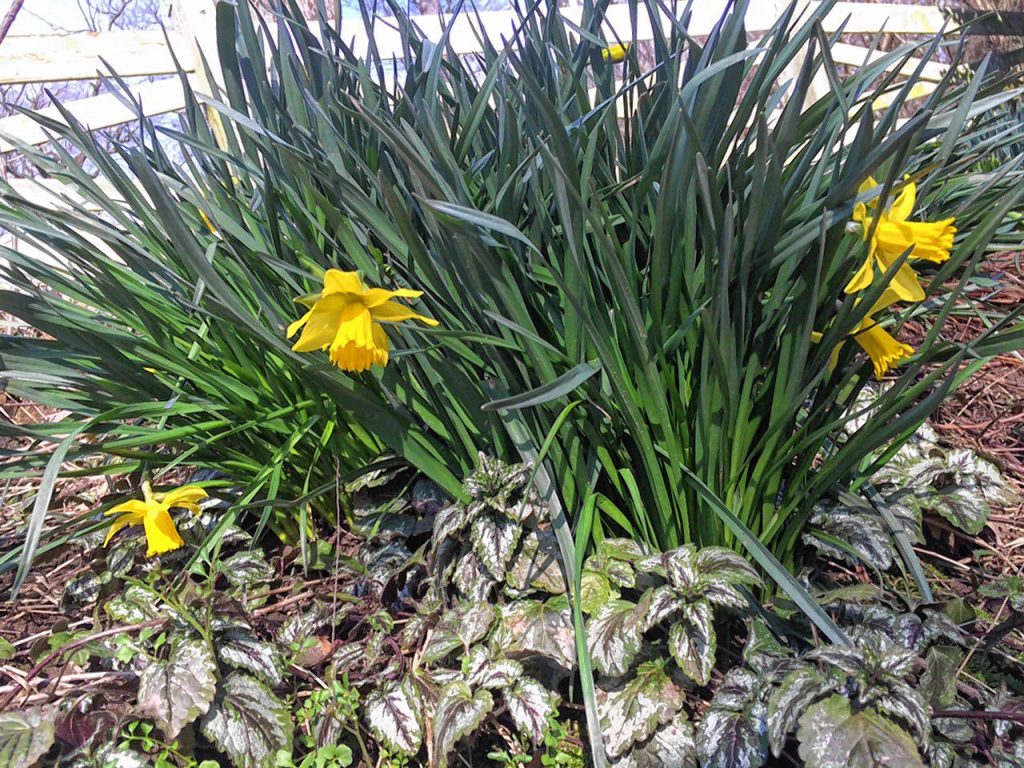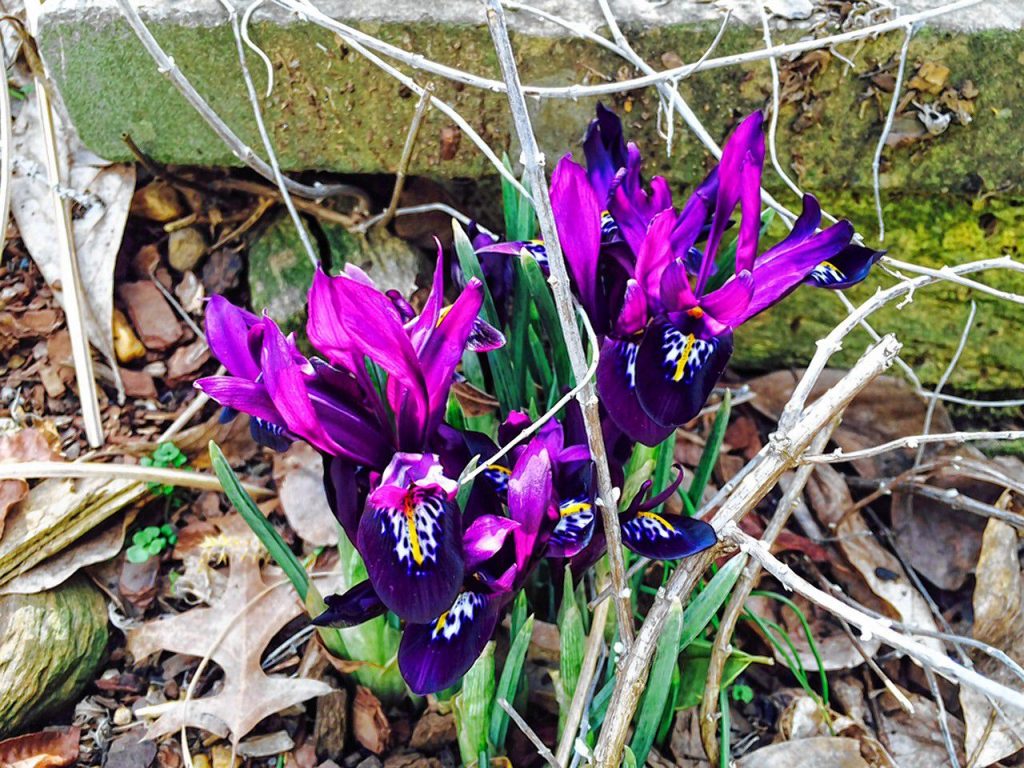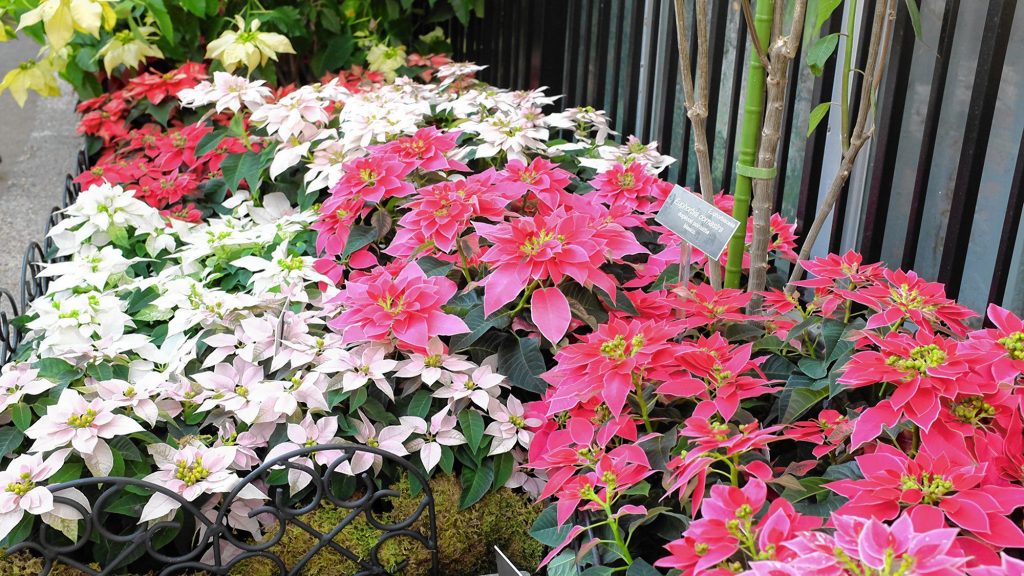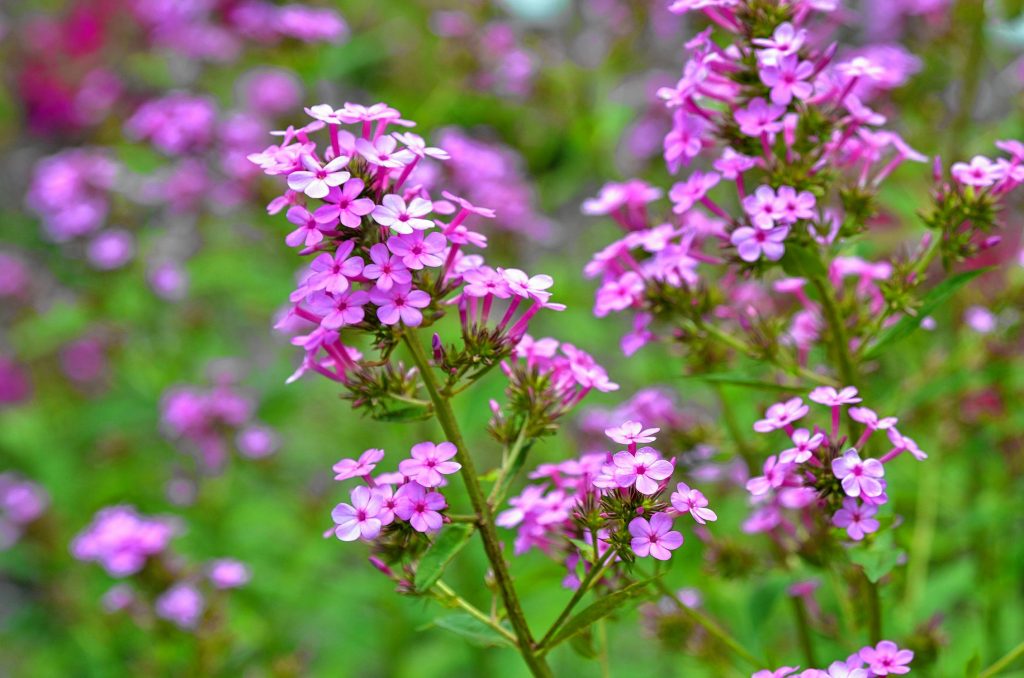January
Make a plan. Cold winter days are perfect for reflecting on the successes and possibly shortcomings of last year’s garden. Hopefully you took some notes! Do you have some perennials that need to be moved to a sunnier – or shadier location? Do you have some “overcrowding”? Sketch out where you might want to add – or move plants, taking into consideration what you already have planted in that area in terms of height and color.
February
Shop the catalogs! Pore through those seed and plant catalogs that are now arriving in our mailboxes and start making some difficult decisions. At this time of year you will want to order everything! But why not use these catalogs as simply a guide and patronize your local garden centers instead? The Concord area is very fortunate to have several excellent garden centers, each with a large variety of plantings to choose from throughout the gardening season, as well as trained personnel to assist you with your plant selections and questions.
March
Clean and sharpen your garden tools. Take time now to clean and sharpen your gardening tools. Replace anything that is broken or worn to avoid wasting time in the spring. It is so much easier to prune and dig with sharp tools. In addition to being easier to work with, sharp tools make better cuts on your plant stems, not crushing or tearing them which increases the likelihood of infection from disease organisms.
April
Wake up your garden. The first job of the spring in our area is to remove the old mulch covering your perennials and roses and raking away winter debris. Rake gingerly around emerging crocus and other delicate spring bulbs (your hands or a hand rake are safest). Attack any emerging weeds before they get a chance to really take hold. This is also a good time to move any plants around and to divide clumps of spring bloomers like iris, peonies and Oriental poppies. Make sure to water these “transplants” well as they begin growing in their new homes. This is also the best time to “feed” your garden. Add good quality compost to your existing soil and work it in the best you can without disturbing your plantings. Getting a soil test is a good idea to ensure that the soil you are asking your plantings to flourish in is ideal. Contact: UNH Cooperative Extension for a soil testing form and instructions, call 862-3200 or visit extension.unh.edu/programs/soil-testing-services.
May
Shopping trip! Once the last hard frost has passed, it is time to start hitting the local garden centers and garden club plant sales. Not only do some garden clubs sell prime quality annuals and perennials obtained from reputable local growers at their spring plant sales, all sell “tried and true” perennials grown by their members in their own gardens. They are dug, potted and labeled and then sold to the public at very low prices. Support your local garden club. They do good things for their communities.
June
Planting time. Now for the fun part. Once you have selected your new plants, place them in your garden as you planned. I find that setting the plants, still in their pots, in the areas you think you want them to grow is a good idea because then you can move them all around until you get the result you want without disturbing their roots or their intended “neighbors.” Once you have decided what you want where, gently tap the side of the pot and slide the plant right out. (Make sure your new plants are well-watered to not only un-pot easily but to have nice wet roots going into the ground for a good start.
July
Regular maintenance. Deadhead, weed, water and repeat. Continually “deadhead” or remove spent blooms on a regular basis to obtain new blossoms. Pinching or cutting the dead blossom off close to where the bud stem meets the main stem does the trick. Don’t worry if you snip off too much; it will grow back. Removing young, newly sprouting weeds from your perennial beds now will be much easier than later in the season when they have become thoroughly entrenched in your garden soil. Weeding around all your plants not only is more aesthetically pleasing, but this keeps your plants healthier because they will not be competing with the weeds for sun, nutrients and water. Water your garden daily if it has not benefited from sufficient rainfall, especially if it is a sun-drenched area.
August
Conserve moisture. Add additional mulch around plants to help conserve the moisture from rain and watering and to suppress those pesky weeds that like to really take over during the heat of summer. Keep up with the deadheading, weeding and watering during this extra hot month. Deadhead annuals, pulling out those that are no longer blooming. Clip back spent perennials, especially long-stemmed Shasta daisies and daylilies. Not only will your garden look tidier but this will control their self-sowing. Stake tall perennials to fully enjoy their beautiful blooms. Discontinue fertilizing.
September
Divide and conquer. Now is the time to divide overgrown clumps of perennials and dig and discard (or share with friends) any you no longer want. Cut down most remaining perennials for neatness, disease control and self-seeding reasons. Leave just a few inches of stem for your plants to allow them to hang on to snow for winter protection. Plant newly acquired perennials and mulch around them. Continue watering.
October
Fall clean up. Drain and hang up your garden hoses and turn off your outside water source. Add compost to your flower beds. No need to work it into the soil as it will “do its thing” under cover of snow. Do the final weeding of your flower beds (yay). Make detailed notes of what you want to change, add, etc. for next year.
November
Houseplants. If you are already beginning to miss all the green and the gardening, splurge on a few house plants to care for and enjoy throughout the winter. Green plants are not only nice to look at, to talk to, but they are healthy for us because they give off oxygen. A number of house plants also absorb allergens. What’s not to like? Purchase an Amaryllis bulb kit and have the pleasure of watching it grow beautiful and tall leading up to Christmas.
December
Poinsettias. What are the holidays without poinsettia plants? There are now so many different varieties and combinations of poinsettia plants but all of them are attractive, festive and add so much color and enjoyment to the holidays. And contrary to what many people still believe, they are not poisonous, just beautiful.
Joyce Kimball is member of the Bow Garden Club and a UNH-certified Master Gardener.












